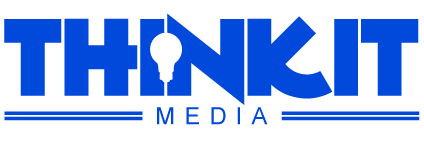Search Engine Optimization (SEO) is a crucial aspect of digital marketing that helps businesses increase their online visibility, drive organic traffic to their websites, and ultimately boost their revenue. One crucial component of SEO is on-page optimization, which involves optimizing various elements on a website to improve its search engine ranking and attract more visitors. In this article, we will explore some effective on-page SEO strategies that can help businesses improve their online presence and achieve sustainable success.
One of the key on-page SEO strategies is optimizing meta tags, which are HTML tags that provide information about a web page to search engines. The most important meta tags are the title tag, meta description tag, and meta keywords tag. The title tag is the main title of a web page that appears in search engine results and browser tabs. It should accurately reflect the content of the page and contain relevant keywords to improve its visibility in search results. The meta description tag is a brief summary of the page’s content that appears below the title in search engine results. It should be compelling, informative, and contain relevant keywords to attract users to click on the link. The meta keywords tag is a list of keywords that describe the page’s content and help search engines understand its relevance to specific search queries. While the importance of meta keywords has diminished over the years, it is still a good practice to include them in your on-page optimization efforts.
Another important on-page SEO strategy is optimizing heading tags, which are HTML tags that define the structure and hierarchy of content on a web page. Heading tags range from h1 to h6, with h1 being the most important and h6 being the least important. The h1 tag should contain the main title of the page and include relevant keywords to signal its importance to search engines. Subsequent heading tags should be used to break up the content into sections and subsections, with each heading tag containing relevant keywords to improve the page’s search engine ranking. Properly optimizing heading tags not only helps search engines understand the content of a page but also improves its readability for users, making it more engaging and informative.
One of the most effective on-page SEO strategies is optimizing image alt tags, which are HTML attributes that provide alternative text for images on a web page. Alt tags are important for both search engines and visually impaired users, as they help improve the accessibility and SEO of a website. When optimizing image alt tags, it is important to use descriptive keywords that accurately reflect the content and context of the image. This not only improves the image’s search engine visibility but also helps visually impaired users understand the content of the page. Additionally, it is important to optimize image file names and sizes to further enhance the SEO of a web page and improve its overall performance.
In conclusion, on-page SEO is a critical aspect of digital marketing that can help businesses improve their online visibility, attract more organic traffic, and boost their revenue. By optimizing meta tags, heading tags, image alt tags, and other on-page elements, businesses can enhance their website’s search engine ranking and provide a better user experience for visitors. Implementing these on-page SEO strategies can have a significant impact on a company’s online presence and contribute to its long-term success in the digital landscape.

